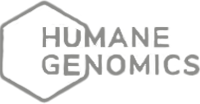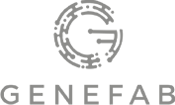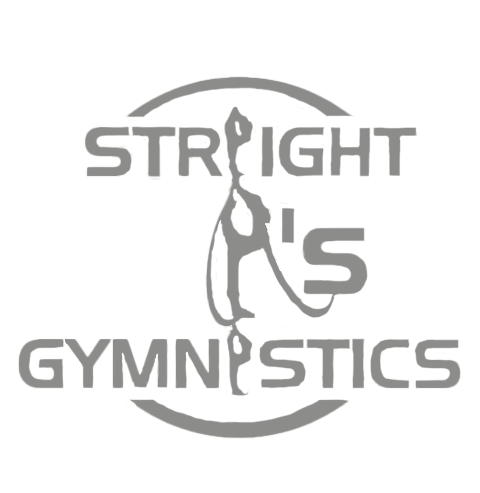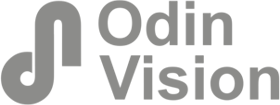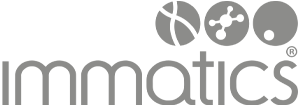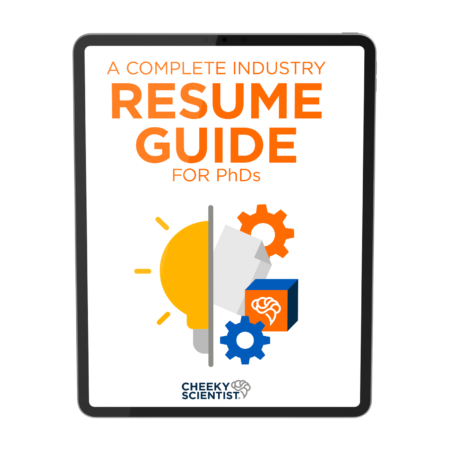A Complete Guide To PhD-Level Industry Resume Formats And Sections

Your PhD-level industry resume is one of the key components of your professional job search profile.
You should make sure that it is well crafted and accurately represents you as an industry professional.
The PhD-level industry resume is a marketing document that will help you pitch yourself, it is not a lengthy CV, full of irrelevant information.
A well crafted PhD-level industry resume will show recruiters and hiring managers that you know who you are professionally and are a valuable job candidate.
The following story comes from a member who recently transitioned and illustrates the importance of understanding the goal of a PhD-level industry resume and using it to your advantage:
I recently transitioned into my second industry job after applying to 11 positions within different companies.
One of the things I’d like to highlight from this second job search is that taking time to write a concise and tailored cover letter and resume always pays off.
Thanks to the gold standard resume template from CSA. I was successful in getting interviews for almost every job I applied for.
Focusing on quality and relevance of information rather than quantity really paid off when it came to moving to the later stages of the interview process.
I hope that my post will resonate with other members and be beneficial to some of you.
Why You Should Target Each Resume To Each Job Opening
Believe it or not, the most important part of your resume is not what you add to it, but what you decide to leave off.
When it comes to resumes, less is more. Every piece of information that makes it into the final document must be intentional, it must show that you understand the needs of the employer.
You will achieve that by ensuring that all the information directly relates to the job posting.
Your resume should have lots of white space, with ample margins and indentation, and it shouldn’t be over two pages.
You might be thinking this is a waste of space. But you’re not wasting anything. You’re showing that you understand your audience.
On average, employers spend six seconds looking at a resume. The only way to impress them in that short amount of time, is to make sure they find the information they are looking for right away.
You will only achieve this with a concise resume that is easy to skim and is targeted to the particular position.

By ensuring you cut off irrelevant information, you will add value to recruiters and hiring managers who spend all day looking at resumes and making decisions in a matter of seconds.
The 6 Sections Of A PhD-Level Industry Resume
So, how do you go about writing a credible resume?
The first step is to make sure you include the right sections in the right order. So, let’s take a look at each of the sections of a PhD-level industry resume.
1. Contact details
At the top left of your first page, you should add your contact details.
Make sure that this information is updated. If a hiring manager is going through a resume that they like, they might send a message or try to call the candidate. If they don’t get a response, they will move on to the next application without looking back.
Including your LinkedIn URL as part of your contact information is a must, not a nice to have.
You should also include a phone number you check often and a professional email address.
2. Summary
The second section is your professional summary. This section has replaced the obsolete objective statement.
Your professional summary should have three concise bullet points. No more, no less.
These three bullet points should illustrate your biggest career highlights related to the position you’re applying to.
Keep in mind that this is the section where employers will spend most of their time, so it should make it clear right away why you are the best person for the role.
Make sure to include keywords from the job description, relevant technical and transferable skills, and measurable results.
3. Professional experience
You might be thinking that the section right after your summary should be your education, but this doesn’t apply to a PhD-level industry resume.
Even if you have spent all your life in academia, your next section should be your professional experience.
Ideally, you should include two or three previous positions that are the most relevant to the job you are applying to.
Each position should be accompanied by three or five bullet points in the format tranferable skill + technical skill + measurable result.
This should bring you to the end of the first page of your resume.
4. Technical skills
At the beginning of the second page, you should list your technical expertise in columns.
Don’t go into much detail, just add three columns and a list of skills that are mentioned in the job description.
Recruiters in particular will get a list of techniques, instruments, reagents, and a variety of things that they need to look for in job candidates.
So, adding this list is especially useful for recruiters, but it’s also valuable for hiring managers and it gives you a place to list your highly extensive technical background.

Remember to keep every section of your resume targeted and only include skills that are relevant to the job you are applying for. If you have a skill that is not relevant, you should leave it out of your resume altogether.
5. Education
After the list of technical skills, you can add your education. You can also add the education section before the list of technical skills, but make sure that it goes in the second page of the resume.
Keep your education section simple, only add your most recent title, which will probably be your PhD.
Keep in mind that recruiters and hiring managers are not used to seeing lots of titles in resumes and might get confused if you list your bachelor’s, your master’s, and your PhD.
Don’t just mention the degree and where you got it, you can also mention what you learned by doing your degree that is relevant to the open position.
You can include this by adding three bullet points, in the same format you used for your professional experience, below your title.
6. Awards and hobbies
The last section should include your awards and hobbies. Just like you did with your education, don’t just list the award, add a bullet point explaining what you had to learn to get the award that is relevant to the position.
Eye tracking studies show that employers always spend some time on the last line of the second page of a resume.
This is human nature, everybody wants to feel a sense of completion. So, even if they’re skimming a document, they’re going to spend at least some time at the very bottom.
This is why the last bullet point in your awards and hobbies section should talk about something personal, something that shows that you’re well rounded, a hobby or a volunteer experience that is not related to your technical background.
This will help whoever is reading relate to you. Hiring managers and recruiters who are likely the first people to read your resume won’t have a strong technical background.
So, adding something that the majority of the population enjoys will give them something to talk about when they call you on a phone screen. Thus increasing your chances of moving to the following step of the hiring process.
3 Resume Formats PhDs Should Have In Their Toolkit
Depending on your particular situation, previous experience, and the position you are applying to, you might make a better impression if you use a specific resume format.
There are three resume formats that all PhDs should consider throughout their job search.
The general rules and sections we have discussed so far still apply for each of these formats, but there are some differences in terms of presentation and organization.

Gold standard
If you create a resume with the sections we just discussed, you will end up with the Cheeky Scientist gold standard resume format. This is the most proven template that we have.
It’s specifically designed to get your resume past applicant tracking system software or other artificial intelligence programs and convenience employers to respond to your resume.
Once you start planning your transition, make sure to put together a gold standard resume by adding all the sections we previously discussed.
Functional
The second format is the functional resume.
If you’ve spent your whole life in academia and don’t have industry experience, you might struggle to write your professional experience section because you can only list academic titles that mean nothing to industry employers.
You can bypass this by using the functional resume template, which focuses on key skills instead of job titles.
Instead of writing your academic titles as the bolded headers for the experience section, write the key technical and transferable skills that you identified in the job posting.
Then, underneath that bolded header, add the title and institution where you gained that experience.
Here is an example of what that looks like:
Project Management
Gained as a Postdoctoral Fellow at xyz University
The beauty of the functional resume is that it calls attention to your biggest assets, your technical and transferable skills. This is the information that employers will be looking for.
Besides the changes in the professional experience section, the structure of the functional resume is the same as that of the gold standard resume.
Sidebar
If you are applying to positions in data science or sales and marketing, you might realize that employers in these fields don’t like two-page resumes.
Instead, they expect job applicants to further summarize their professional experience into a one-page resume. If this is your case, you should use the sidebar format.
The sidebar resume allows you to optimize the space of one page by adding a left hand sidebar on your document.
You should add the most important information – contact information, professional summary, and key skills – to the sidebar.
Then, include the rest of the information – work experience, education, awards and hobbies – outside of the sidebar.
Keep in mind that the goal of the sidebar format is to help you get your resume down to one page. Don’t add a sidebar resume to a two-page resume.
Concluding Remarks
Your PhD-level industry resume is part of your professional job search profile, so you should make sure to put it together as soon as you start planning your transition. When it comes to writing your resume, remember that less is more. Target it for each position and only add relevant information. Make sure to include the right sections in the right order to increase the impact; start with your contact details, followed by your professional summary, your professional experience, a list of key technical skills, your education, and your awards and hobbies. This will result in a gold standard resume format that thousands of PhDs have used to get their industry jobs. Depending on your particular situation, you might want to consider another resume format, such as a functional resume or sidebar resume. Always having a targeted and polished resume will help you show you value as a PhD when interacting with industry employers and employees.
If you’re ready to start your transition into industry, you can apply to book a free Transition Call with our founder Isaiah Hankel, PhD or one of our Transition Specialists. Apply to book a Transition Call here.

ABOUT ISAIAH HANKEL, PHD
CEO, CHEEKY SCIENTIST & SUCCESS MENTOR TO PHDS
Dr. Isaiah Hankel is the Founder and CEO of Cheeky Scientist. His articles, podcasts and trainings are consumed annually by millions of PhDs and other professionals in hundreds of different countries. He has helped PhDs transition into top companies like Amazon, Google, Apple, Intel, Dow Chemical, BASF, Merck, Genentech, Home Depot, Nestle, Hilton, SpaceX, Tesla, Syngenta, the CDC, UN and Ford Foundation.
Dr. Hankel has published 3X bestselling books and his latest book, The Power of a PhD, debuted on the Barnes & Noble bestseller list. His methods for getting PhDs hired have been featured in the Harvard Business Review, Nature, Forbes, The Guardian, Fast Company, Entrepreneur Magazine and Success Magazine.
More Written by Isaiah Hankel, PhD


